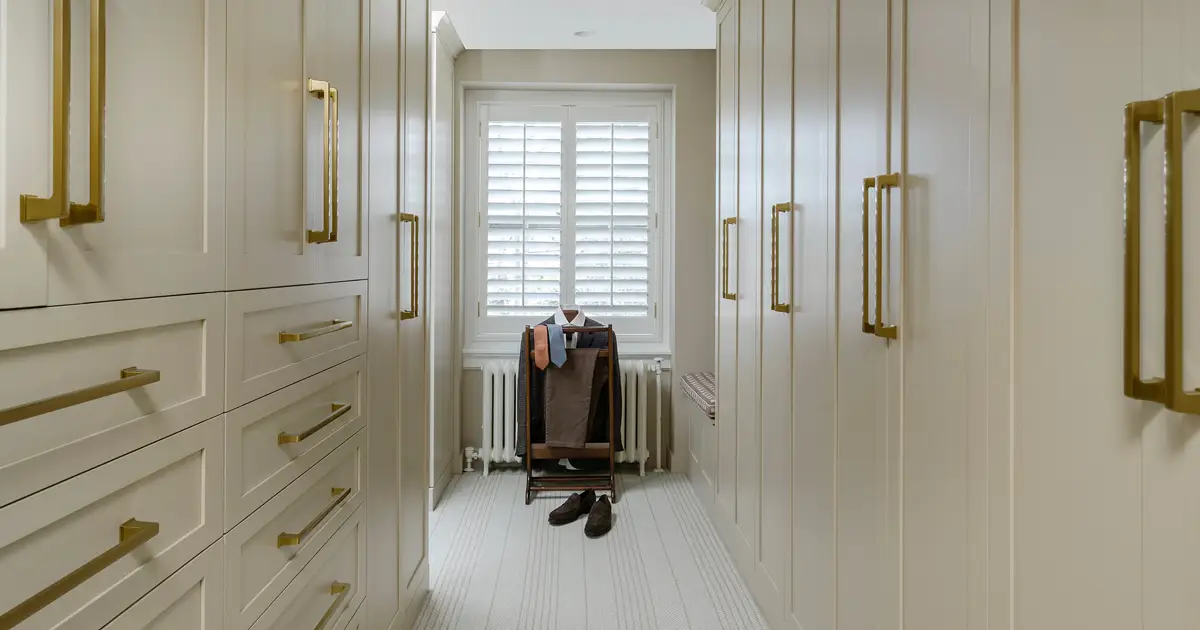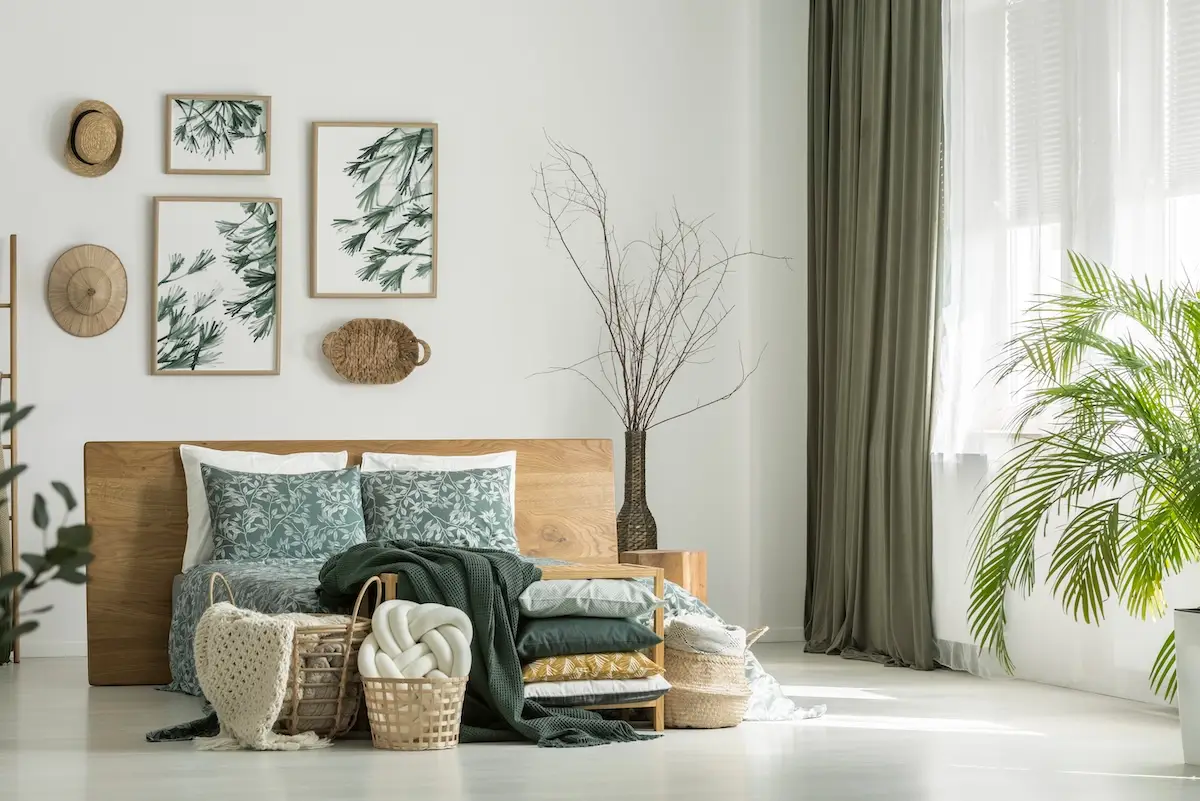There is nothing like capping off a long day with a glass of fine wine. And if you have a growing collection of fine wines, it’s probably time to consider adding a wine room in your home. Also known as a wine cellar, these are a must for any wine aficionado.
Despite the name, wine cellars are not necessarily located in basements, and wine rooms don’t have to take up a whole room. If you are pressed for space, you could outfit a small wine cellar out of a cabinet, closet, or pantry. You could even transform a blank wall into a beautiful wine display!
Wine rooms are also great for collections that have a variety of wine. You can regulate the temperature and humidity in different areas to ensure that your wine collection stores properly. Read on for more tips on building a wine cellar.

Photos: Shutterstock
Location, Location, Location
Location is always of the utmost importance when you’re building a wine cellar; preferably, the coolest and most humid part of your home. This is especially vital if you have a large, rare, or expensive collection of wine that won’t be consumed within a year.
The sweet spot for a wine room is in an area that hovers around 55 degrees Fahrenheit, at 55% to 75% humidity. It’s important to maintain the temperature because it will affect how quickly or slowly your wine ages, and the wrong humidity can cause your wine to spoil. The location will also affect the size of the cooling unit you’ll need, as well as the costs to keep it running over time. That means you’ll want to avoid building a wine cellar next to a sunny window or anywhere with direct sunlight.


Photos: Jay Greene Photography
The Basics of Building a Wine Cellar
The point of building a wine room is to methodically maintain the temperature and humidity to store your wine. Whether you’re designing a wine room to double as an art display, or just transforming a hidden space to store your collection, all wine cellars should adhere to some basic rules.
Insulation
Thicker insulation allows for a more consistent environment when storing your wine. No matter if you’re adding drywall or going with glass to showcase your collection, make sure that the material is sturdy and sealed to maintain the temperature and humidity of the room.
Flooring
Because wine rooms need to maintain a certain percentage of humidity, it’s vital to choose flooring that will last within the environment. Porcelain tiles, hardwood, or finished concrete flooring are all choices that will look great while withstanding the high humidity.
Doors
It’s important for the door for your wine cellar to be sealed properly. Just as our front doors keep the outside draft from invading our homes, the door to your wine room will also play a big role in maintaining the temperature and humidity for your wine. Choose an exterior grade door to seal it all in. If you’re contemplating a glass door, it needs to be a thermopane door; this will prevent condensation and keep proper insulation.
Lighting
Choosing the perfect lighting can really enhance the space and display of your wine room. Avoid any lights that use incandescent or halogen bulbs, both of which emit heat and would affect the temperature of your wine cellar. With so many LED lighting options available, though, this shouldn’t be a problem, and you will be sure to find a lighting style that will fit your vision.

Photos: Jay Greene Photography

Choosing Wine Racks
There are a variety of wine racks to choose from for displaying your wine collection. Stackable wine racks are simply designed and a great option for small-time collectors who are still expanding their selection. Wall-mounted racks, on the other hand, come in a variety of designs to match the personality of the room. For more serious collectors, a custom-made rack allows you to truly design your wine room to the fullest extent, from materials and style to size and color.

Photos: Jay Greene Photography




